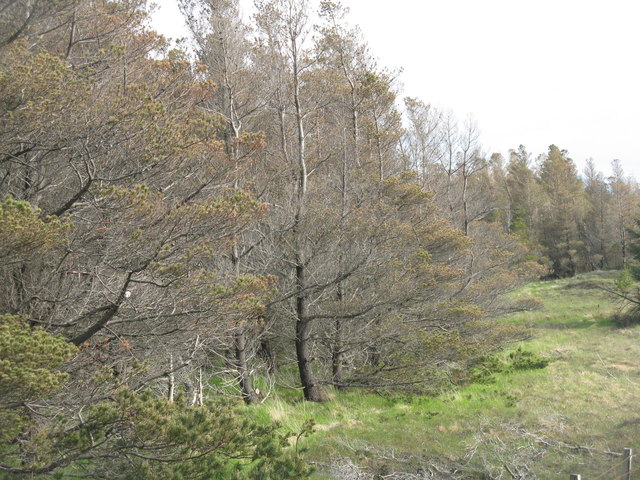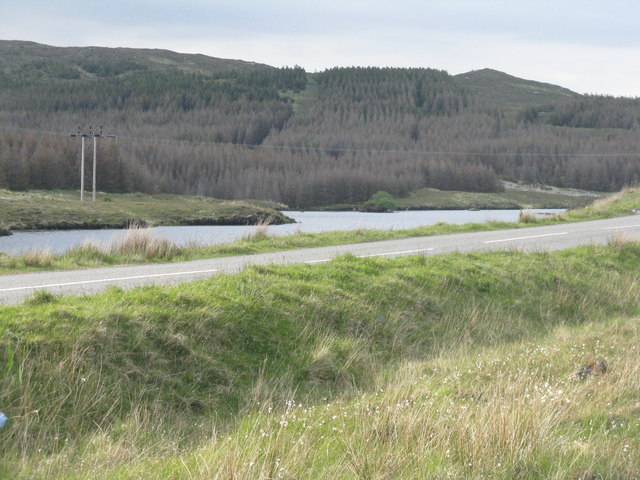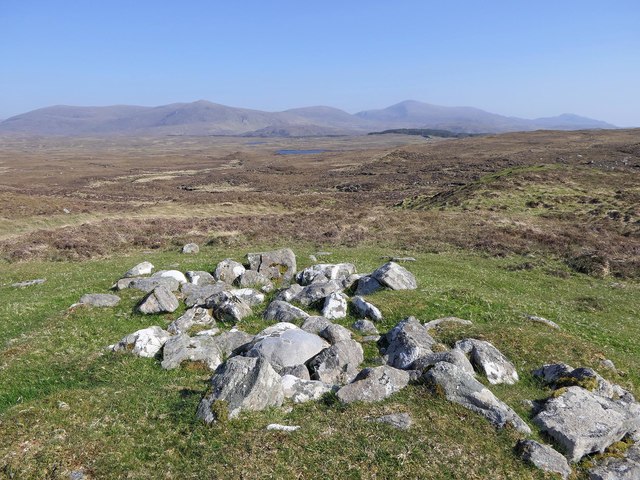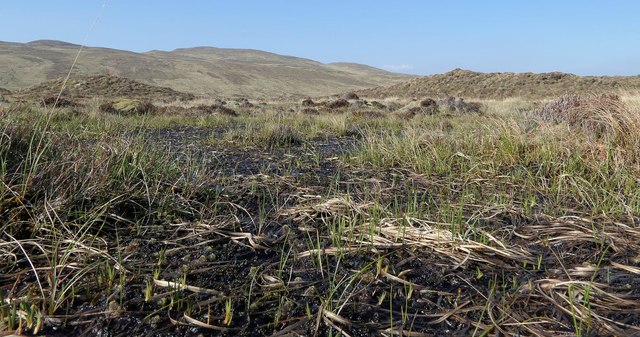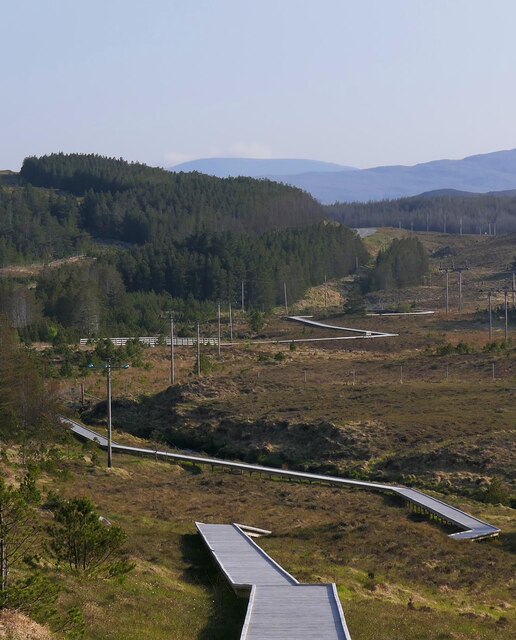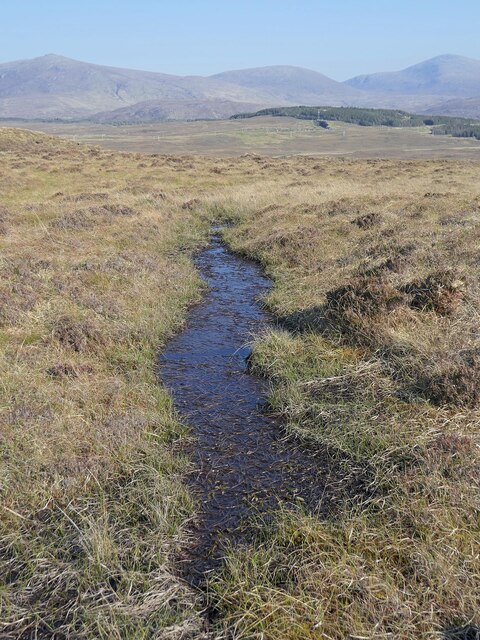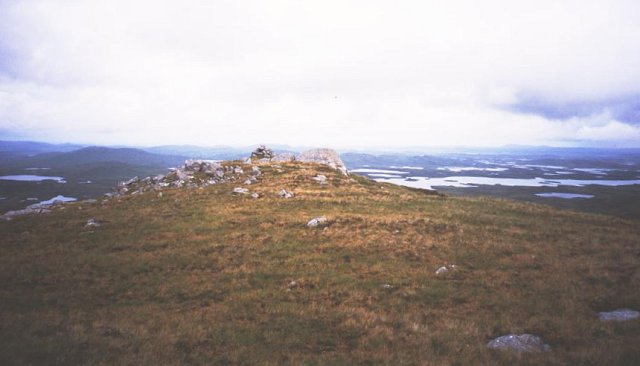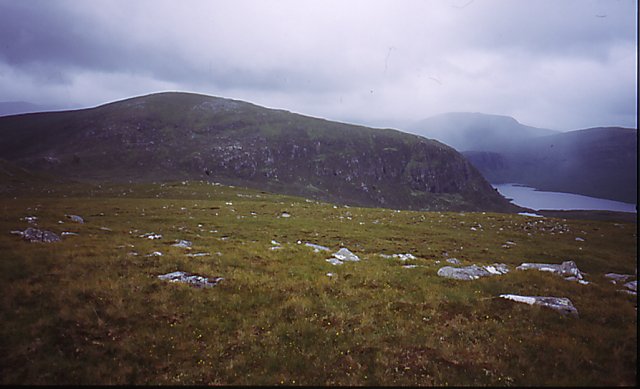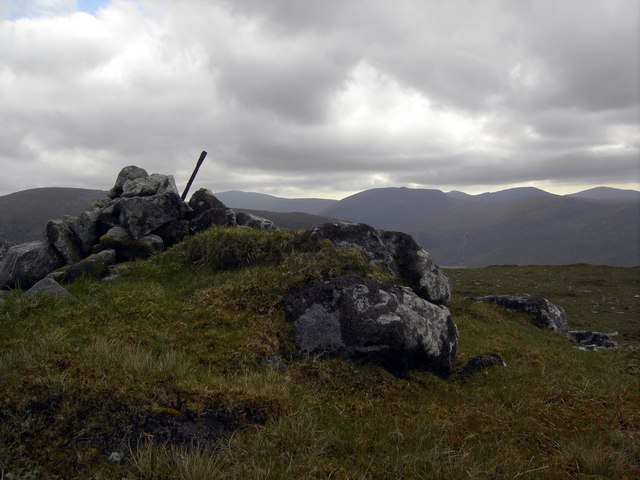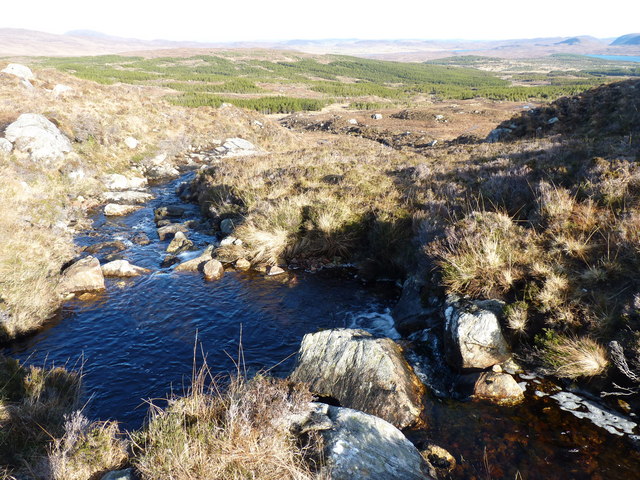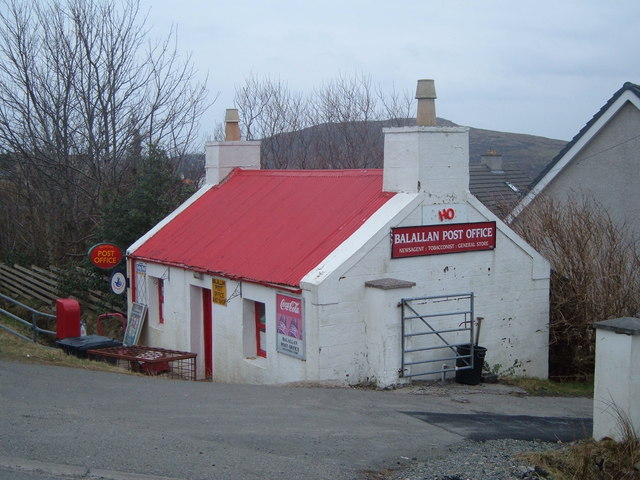Cleite Tiorsdam
Hill, Mountain in Ross-shire
Scotland
Cleite Tiorsdam
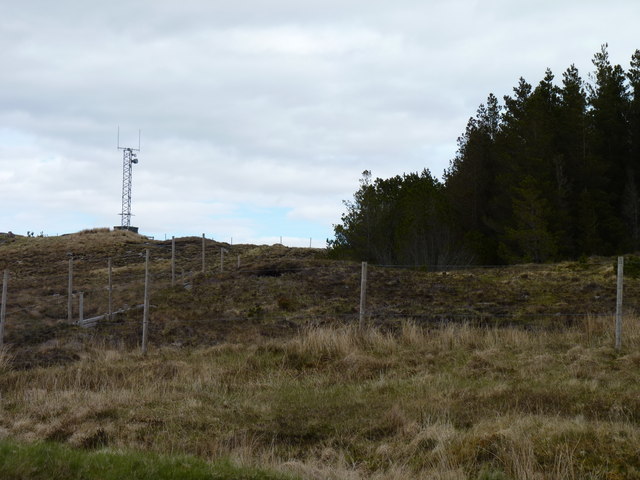
Cleite Tiorsdam is a prominent hill located in Ross-shire, Scotland. It is part of the expansive mountain range known as the Highlands, which is renowned for its rugged beauty and stunning landscapes. Standing at an impressive height of approximately 786 meters (2,579 feet), Cleite Tiorsdam offers breathtaking panoramic views of the surrounding area.
The hill is characterized by its steep slopes and rocky terrain, making it a challenging yet rewarding destination for outdoor enthusiasts and hikers. Its location within the Highlands provides ample opportunities for exploration and adventure, with numerous trails and paths leading up to its summit. As climbers ascend Cleite Tiorsdam, they are treated to ever-expanding vistas of rolling hills, vast moorlands, and sparkling lochs that dot the region.
The hill is also home to a diverse range of flora and fauna, adding to its natural appeal. Various species of birds, including golden eagles and ptarmigans, can often be spotted soaring above, while deer and other mammals roam the lower slopes. The hillside is adorned with heather and wildflowers during the summer months, creating a vibrant and picturesque scene.
Cleite Tiorsdam is not only a popular destination for hikers and nature enthusiasts, but it also holds historical significance. The surrounding area is scattered with ancient ruins and remnants of past settlements, providing a glimpse into the rich cultural heritage of the Highlands.
Overall, Cleite Tiorsdam is a majestic mountain in Ross-shire that offers both natural beauty and historical intrigue, attracting visitors from near and far who seek to immerse themselves in the wonders of the Scottish Highlands.
If you have any feedback on the listing, please let us know in the comments section below.
Cleite Tiorsdam Images
Images are sourced within 2km of 58.041322/-6.7386891 or Grid Reference NB2015. Thanks to Geograph Open Source API. All images are credited.
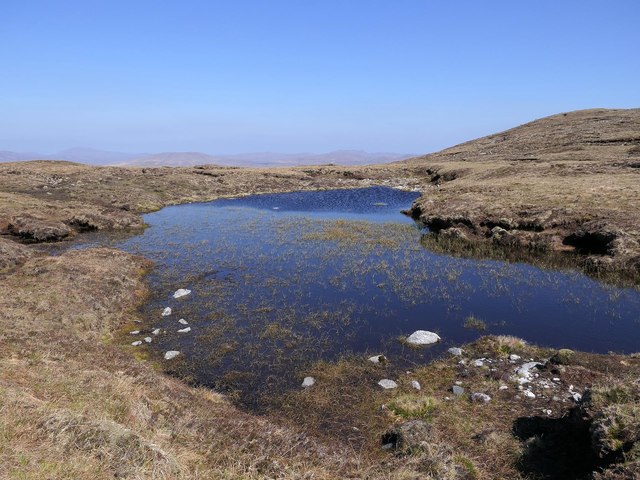
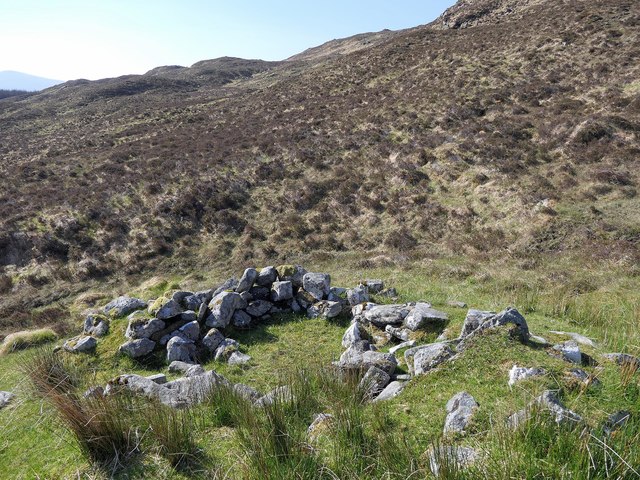
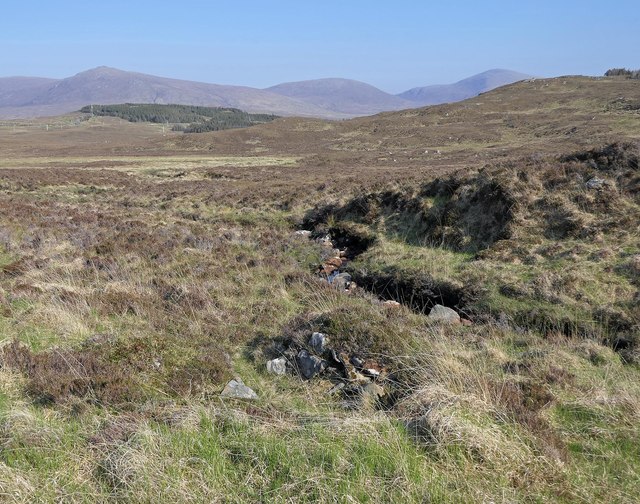
Cleite Tiorsdam is located at Grid Ref: NB2015 (Lat: 58.041322, Lng: -6.7386891)
Unitary Authority: Na h-Eileanan an Iar
Police Authority: Highlands and Islands
What 3 Words
///hologram.icicles.options. Near Tarbert, Na h-Eileanan Siar
Nearby Locations
Related Wikis
Airidh a' Bhruaich
Airidh a' Bhruaich (Arivruaich - anglicised) is a scattered crofting township in the South Lochs district of the Isle of Lewis in the Outer Hebrides of...
Seaforth Island
There is also a Seaforth Island in the Whitsunday Islands of Queensland, AustraliaSeaforth Island (Scottish Gaelic: Eilean Shìphoirt/Shìophoirt or Mulag...
Ardvourlie Castle
Ardvourlie Castle is a 19th-century country house on Harris, one of the Western Isles off the north-west coast of Scotland. The house was built beside...
Eilean Mòr, Loch Langavat
Eilean Mòr is an island in Loch Langavat on the Isle of Lewis in the Outer Hebrides of Scotland. == Footnotes ==
Balallan
Balallan (Scottish Gaelic: Baile Ailein, Bail' Ailein), meaning "Allan's Town", is a crofting township on the Isle of Lewis, in the Outer Hebrides, Scotland...
Loch Seaforth
Loch Seaforth (Scottish Gaelic: Loch Shiphoirt or Shìophoirt) is a sea loch in the Outer Hebrides of Scotland. It consists of three distinct sections;...
Nearby Amenities
Located within 500m of 58.041322,-6.7386891Have you been to Cleite Tiorsdam?
Leave your review of Cleite Tiorsdam below (or comments, questions and feedback).
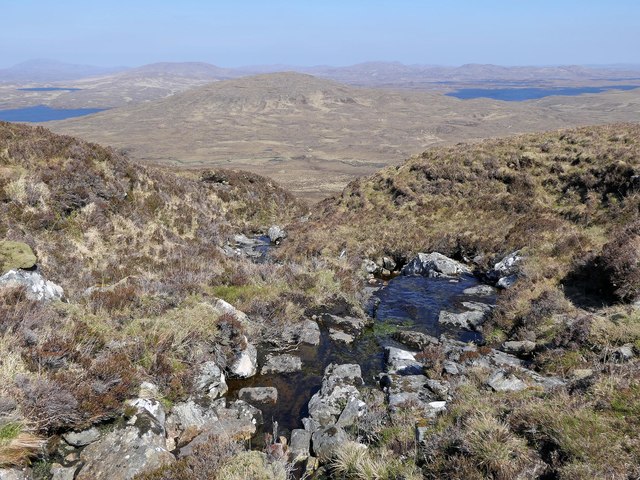
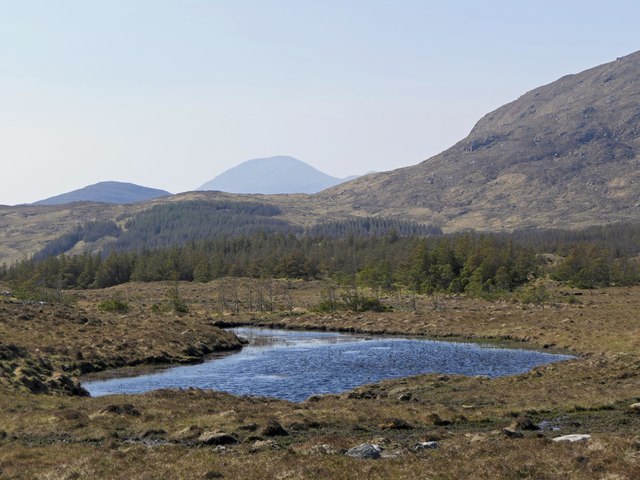
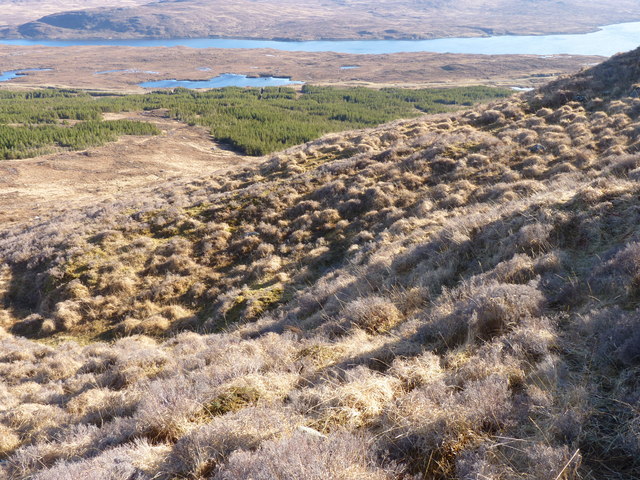
![Kearnaval [Cearnabhal] After Liuthaid with Jim Bloomer and Jonathan de Ferranti.
Name: Kearnaval [Cearnabhal]
Hill number: 1571
Height: 378m / 1240ft
Area: 24A: Lewis and Nearby Islands
Class: Ma
Grid ref: NB 18642 15741
Summit feature: rock outcrop 5m SE of cairn
Drop: 160m
Col: 218m NB181141](https://s2.geograph.org.uk/geophotos/03/26/56/3265686_d6ddb736.jpg)
